
Lid and Lash
Latest News
Latest Videos

CME Content
More News

An ocular wellness regimen doesn’t need to be complicated—simply wipe, spray, and warm
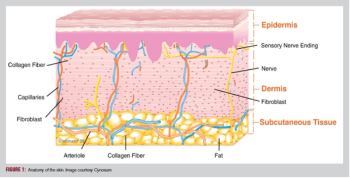
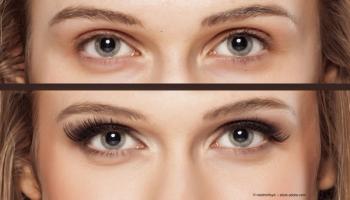
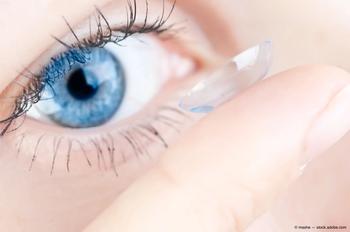
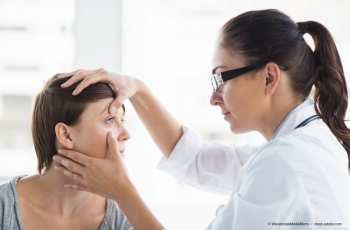
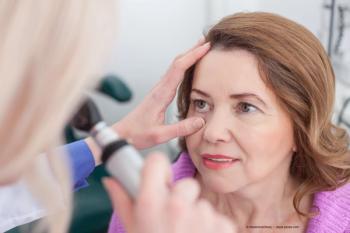
Corneal filaments frequently recur after removal, and resolution occurs only by treating the patient’s underlying inflammation. This case illustrates the need to move to atypical therapies, such as N-acetylcysteine.
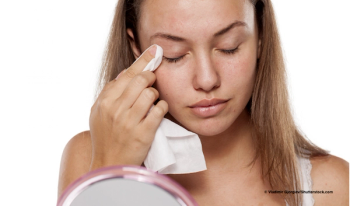
Patients present with contact lens discomfort for a variety of reasons. Mile Brujic, OD, FAAO, and David Kading, OD, FAAO, FCLSA, explain why proper lid hygiene may be the key to increasing contact lens comfort.

With patients undergoing cataract or refractive surgery, optometrists ensure a stable ocular surface before the surgeon performs preoperative calculations.

Demodex has been associated with inflammation of the lid margin and eyelash loss in patients. Take a closer look at mites and microorganisms to consider if, in moderation, they may be beneficial.

In Part 2 of her three-part series on cosmetic dangers, Tracy Schroeder-Swartz, OD, MS, FAAO, focuses on the dangers found in cosmetics-particularly cosmetics banned by the FDA and those that may exacerbate ocular surface disease.
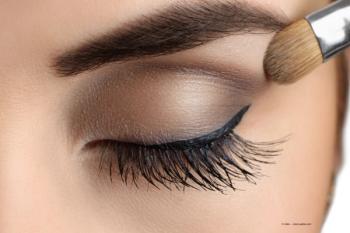
Preparing a patient for ocular surgery can pose challenges with cosmetics being widely used. Marc Bloomenstein, OD, with the advice of Optometry Times Editorial Advisory Board member Whitney Hauser, OD, discusses the importance of properly preparing cosmetic users for eye surgery.

Comprehensive ocular examinations can provide an OD with an inside look into a patient's health. Mile Brujic, OD, and David Kading, OD, discuss the importance of using upper eyelid eversion during the exam to unleash significant information about a patient's ocular surface and systemic health.

In Part 1 of her three-part series on cosmetic dangers, Tracy Schroeder-Swartz, OD, MS, FAAO, outlines what types of cosmetic products are available and what they do.

Delusional parasitosis or Ekbom’s syndrome is a patient’s mistaken belief that he is infested by parasites such as mites, lice, fleas, spiders, worms, bacteria, or other organisms. Scott Schachter, OD, discusses the challenges ODs face when working with these patients.
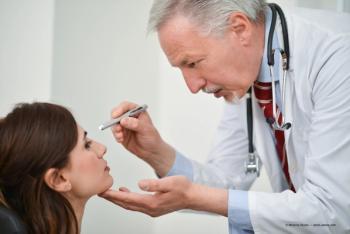
Sometimes you just want to know what the experts do.

Scott Schachter, OD, discusses what you should do when demodex blepharitis treatment options fail.

The British Contact Lens Association (BCLA) celebrated its 40th birthday June 9-11 at its 2017 clinical conference and exhibition in Liverpool, UK. Optometry Times was there to hear the latest and live tweet from the meeting.
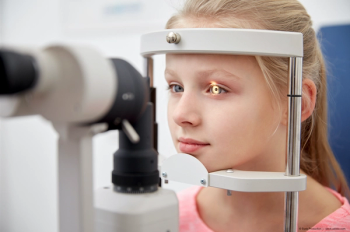
When your pediatric patient presents with irritated, itchy eyelids with reddened lid margins, diagnosing blepharitis may be the easy part of patient care. Implementing a treatment regimen for patients who are infants, toddlers, or school-age children, requires optometrists to use not only their knowledge but their clinical art of practice as well.

In a poll fielded on the Optometry Times website, we asked ODs, if they prescribed topical antibiotics for blepharitis, their top reason for doing so.

Meibomian gland dysfunction (MGD) may be misdiagnosed. While MGD is one of the most common chronic ocular conditions, diagnosing MGD isn’t as simple as it seems.

In a poll fielded on the Optometry Times website, we asked ODs what they used for first-line therapy for blepharitis patients.

The time we are spending on digital devices is on the rise, and it’s unlikely to slow down any time soon. With more and more apps, games, and social media options, we have all become more dependent on smartphones, tablets, and other electronic devices.

Asking your patients to spend a few minutes a day brings big benefits

The ocular surface encompasses not only the cornea, but the all-important supporting conjunctiva that is divided into the bulbar, limbal, palpebral, forneaceal, and marginal zones.

Laura M. Periman, MD, moves away from detergents for blepharitis treatment

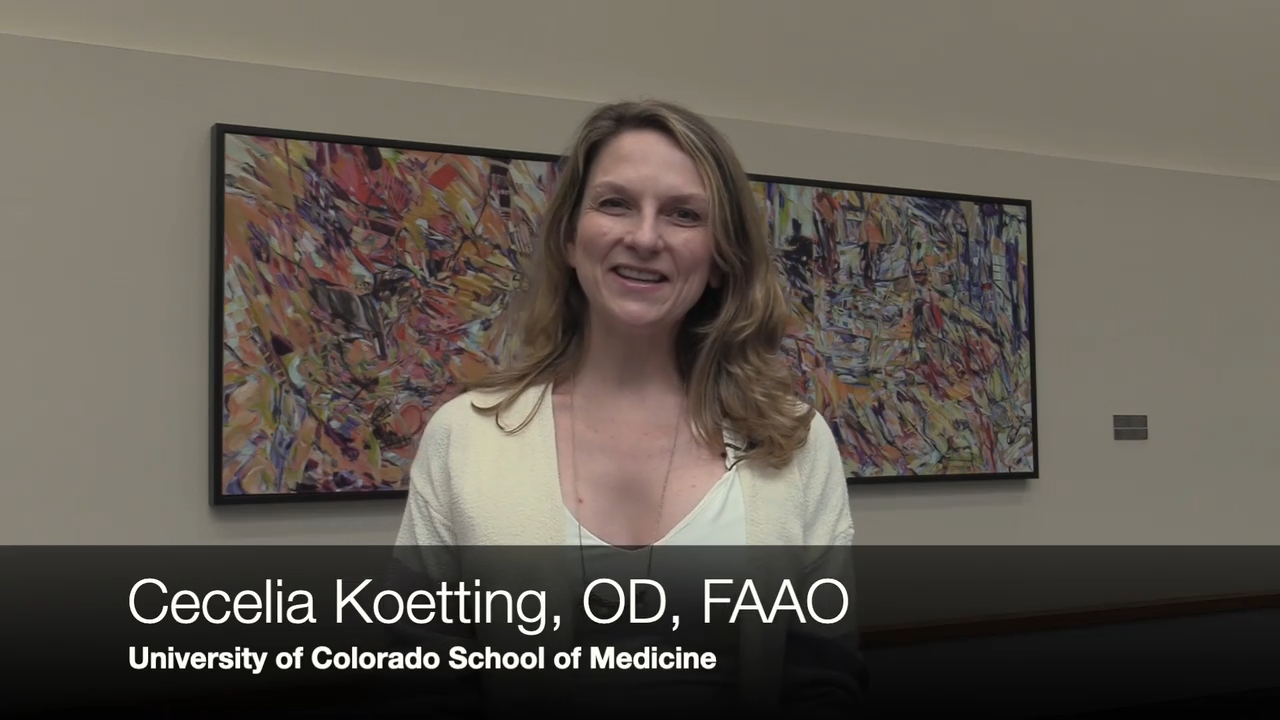
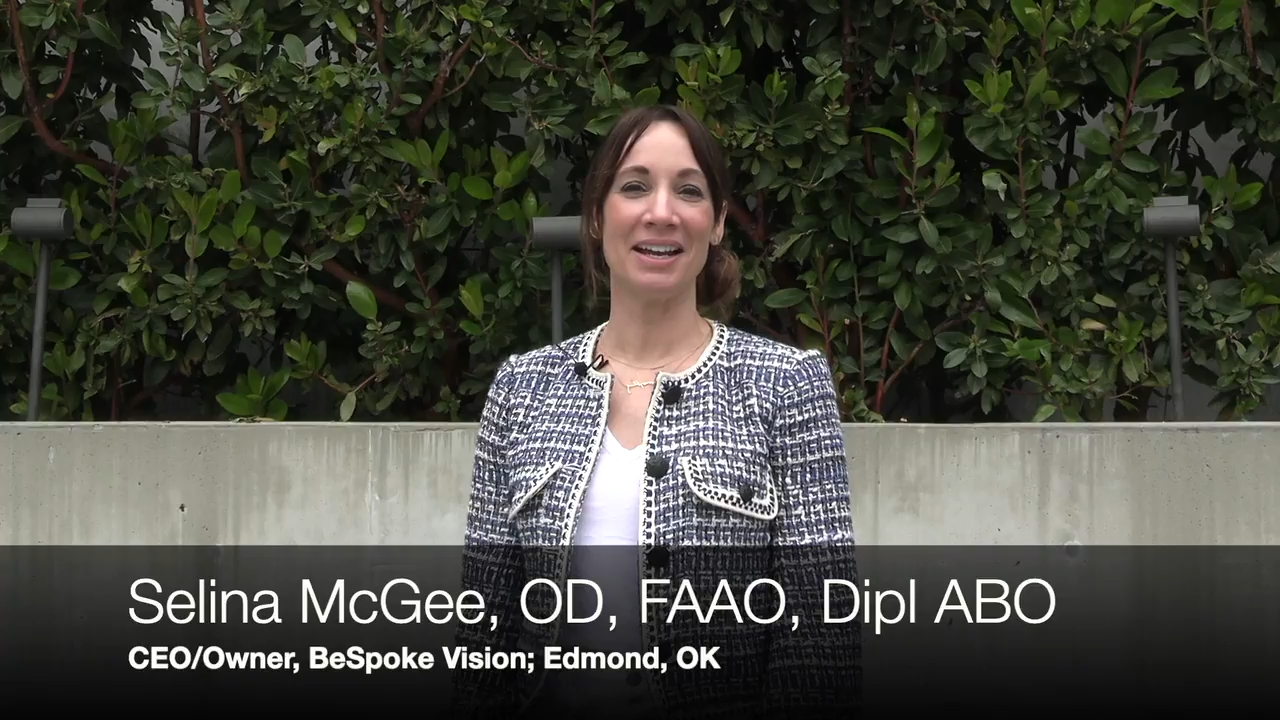

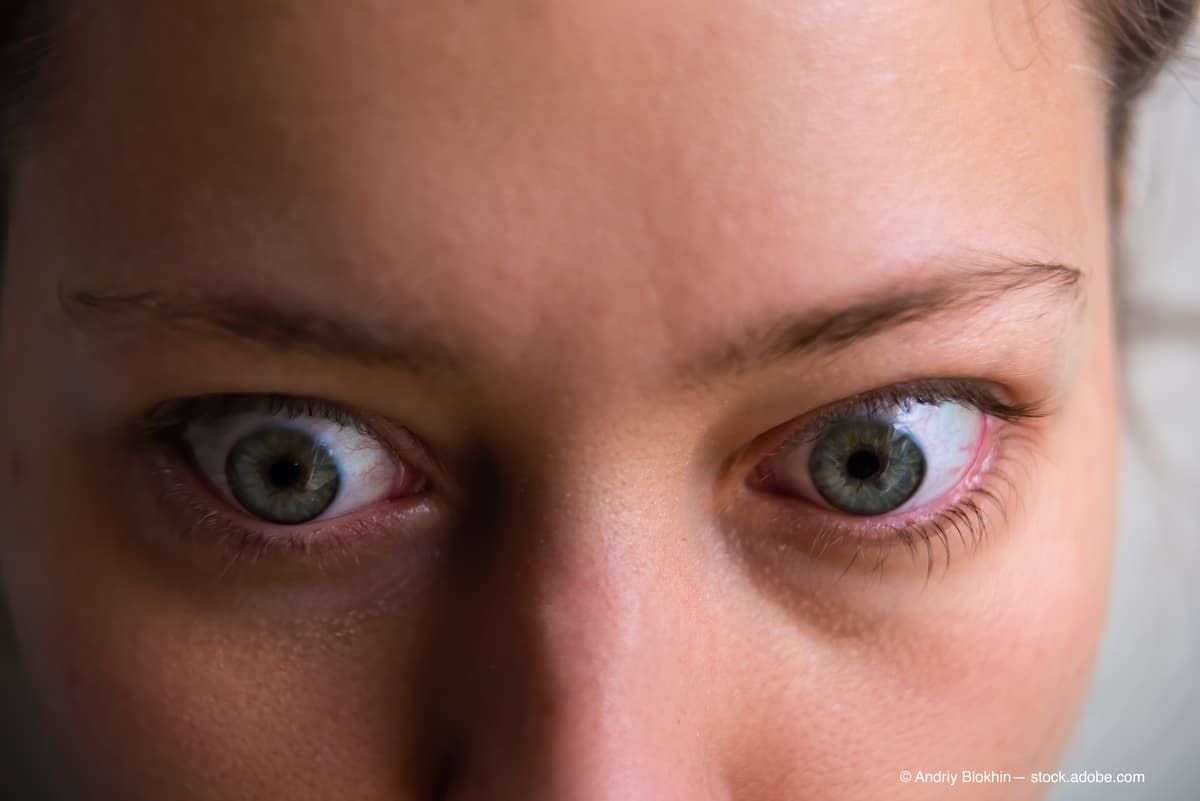
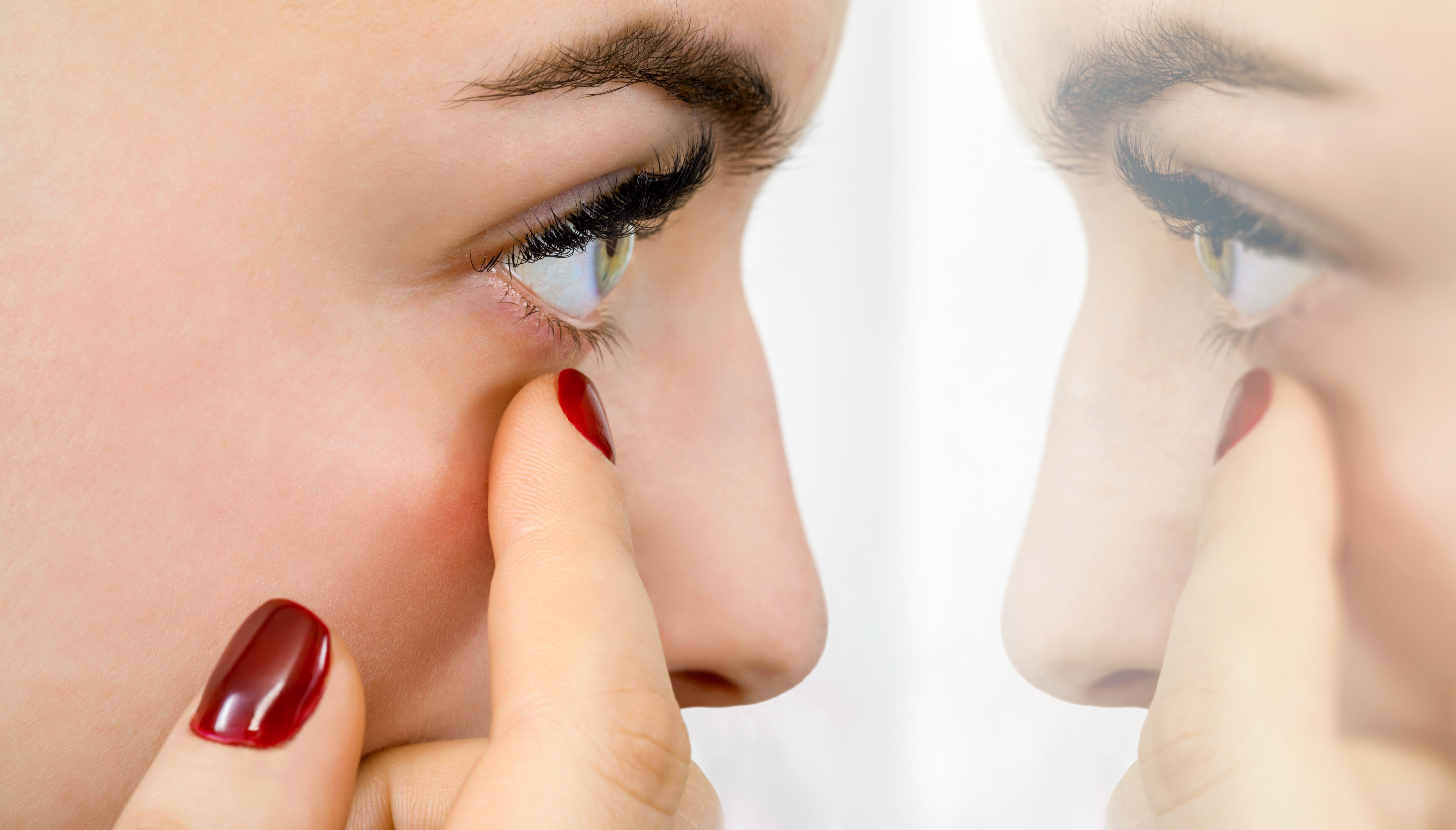








































.png)


